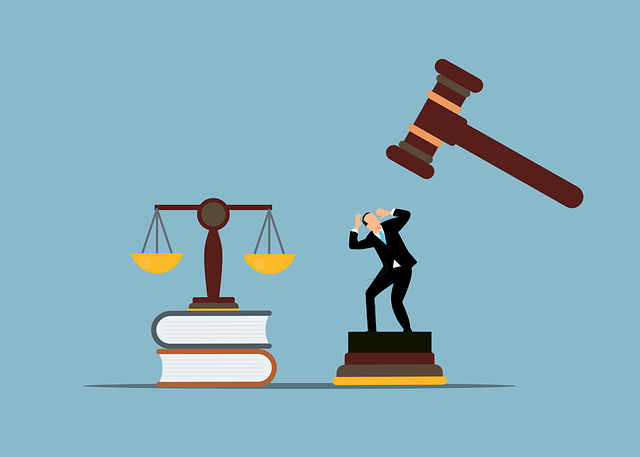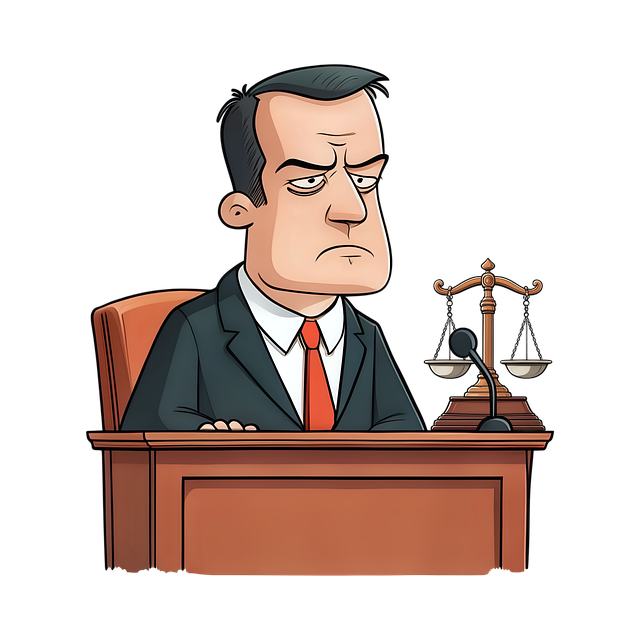The Oregon Child Welfare Court is a critical mechanism for protecting vulnerable children, addressing abuse, neglect, and family situations. This comprehensive guide provides an in-depth overview of the court's processes, from initial reports to hearings and outcomes, emphasizing the importance of understanding procedures for parents, guardians, and social service agencies. By demystifying the process, it encourages collaboration and aims to achieve positive outcomes, such as reuniting families or securing suitable long-term care arrangements, while ensuring fair representation and active participation for all stakeholders. Key keywords include Oregon child welfare court, court procedures Oregon, child welfare court guide, navigating court procedures, understanding court process, and court procedural insights.
“The Oregon Child Welfare Court plays a pivotal role in safeguarding the well-being of vulnerable children within the state. This comprehensive guide delves into the intricate workings of this judicial system, offering valuable insights for all involved. From jurisdiction and key stakeholders to initiating cases and navigating court procedures, we demystify the process. Understanding Oregon’s child welfare court is essential for parents, guardians, and advocates seeking to protect and support young lives. Discover a step-by-step guide to help you every way through the court system.”
- Understanding Oregon Child Welfare Court Jurisdiction
- Key Players in the Oregon Child Welfare Court System
- Initiating a Case: Who Can File and What's Required
- Court Procedures and Hearings: Step-by-Step Guide
- Rights of Parents and Guardians During Proceedings
- Post-Hearing Outcomes and Appeals Process
Understanding Oregon Child Welfare Court Jurisdiction

Oregon’s Child Welfare Court plays a pivotal role in ensuring the safety and well-being of vulnerable children within the state. Its jurisdiction extends to cases involving child abuse, neglect, and family situations where a child’s welfare is at risk. This court system is designed to provide a legal framework for identifying and addressing these issues, ultimately aiming to reunite families or find suitable alternative arrangements for the child’s long-term care.
Navigating the Oregon Child Welfare Court procedures requires a comprehensive understanding of the court’s process. The court guide offers insights into various stages, from initial reports and investigations to hearings, trials, and potential outcomes. Familiarizing oneself with these procedures is essential for all parties involved—whether it’s parents, guardians, or child welfare agencies—to ensure fair representation and the best possible outcome for the child.
Key Players in the Oregon Child Welfare Court System

In the Oregon child welfare court system, several key players are involved in ensuring the best interests of children are served. The primary stakeholders include social workers from the Department of Human Services (DHS), who initiate cases based on reports of abuse or neglect and work closely with families to develop safety plans and case management strategies. Lawyers, both public and private, play a crucial role in representing the interests of both children and parents, ensuring that court procedures in Oregon are followed ethically and fairly.
Judges within the child welfare court are tasked with navigating complex court procedures, understanding the unique dynamics of each case, and making informed decisions. They rely on insights from social workers, lawyers, and other professionals to assess the situation and determine the most appropriate course of action. A comprehensive guide to Oregon child welfare court and its court procedures is essential for all involved parties, as it helps in demystifying the process, fostering collaboration, and ultimately achieving positive outcomes for children in need.
Initiating a Case: Who Can File and What's Required

In Oregon, child welfare cases begin when a concerned individual or entity files a petition with the court, asserting that a child is in need of protection and care. This can be done by various parties, including but not limited to law enforcement officers, social workers, healthcare professionals, school officials, or even private citizens who witness or suspect abuse or neglect. The petition must include specific allegations outlining the basis for the claim, along with any supporting documentation, such as police reports or medical records.
Once filed, the court evaluates the petition during an initial hearing, where a judge determines if there’s sufficient cause to proceed. This stage involves a thorough understanding of the court procedures in Oregon and is crucial for navigating the complex child welfare court system. The court may then order further investigations, interviews, or assessments to gather more insights into the family’s situation, ultimately deciding whether to proceed with formal court proceedings or find other alternative resolutions.
Court Procedures and Hearings: Step-by-Step Guide

Navigating the Oregon Child Welfare Court: A Step-by-Step Guide
The Oregon child welfare court process can be intricate, but understanding the procedures is crucial for all involved parties. This guide offers insights into what to expect when facing a child welfare hearing in Oregon. First, it’s essential to grasp that these courts deal with cases where a child’s safety and well-being are at risk, often involving allegations of abuse or neglect. The court will gather evidence through documents, interviews, and witness testimonies to determine the best interests of the child.
The hearing typically begins with opening statements from both the petitioner (usually a social services agency) and the respondent (parent or guardian). This is followed by presentations of evidence, cross-examinations, and closing arguments. During this process, judges carefully consider all information to make informed decisions regarding temporary or permanent custody arrangements, as well as any other necessary orders for the child’s protection and stability.
Rights of Parents and Guardians During Proceedings

In any Oregon child welfare court proceeding, both parents and guardians have specific rights that must be respected and understood. Knowing your rights is an essential step in navigating the complex court procedures in Oregon. According to state laws, parents and guardians are entitled to legal representation during hearings, allowing them to be assisted by attorneys who can guide them through the court process and ensure their interests are protected. They have the right to be informed about the nature of the proceedings, including the allegations against them, and to cross-examine witnesses presented by the Department of Human Services (DHS).
Furthermore, parents and guardians are allowed to present evidence on their behalf, call their own witnesses, and challenge any information that may be used against them. They can also request a continuance if they need more time to prepare or gather necessary documentation. Understanding these court procedural insights is crucial for anyone involved in Oregon child welfare court cases, as it empowers parents and guardians to actively participate in the process and advocate for themselves and their children.
Post-Hearing Outcomes and Appeals Process

Post-hearing outcomes play a pivotal role in the journey through Oregon’s child welfare court system. Following presentations and arguments from all involved parties, the judge will render a decision tailored to the unique circumstances of each case. This may involve various dispositions, such as returning the child to their parents with specified conditions or placing them in foster care. The court’s goal is always to ensure the child’s safety, well-being, and most suitable environment for growth and development.
For cases where either party disagrees with the outcome, an appeals process is in place to navigate court procedures further. Understanding the court process involves familiarizing oneself with these procedural insights. Appeals are a critical component of ensuring fairness and allow for a more comprehensive review of the evidence and legal arguments presented during the initial hearing. This second look may lead to modifications or confirmations of the original decision, providing an avenue for all parties involved to seek resolution and move forward in the best interest of the child.
